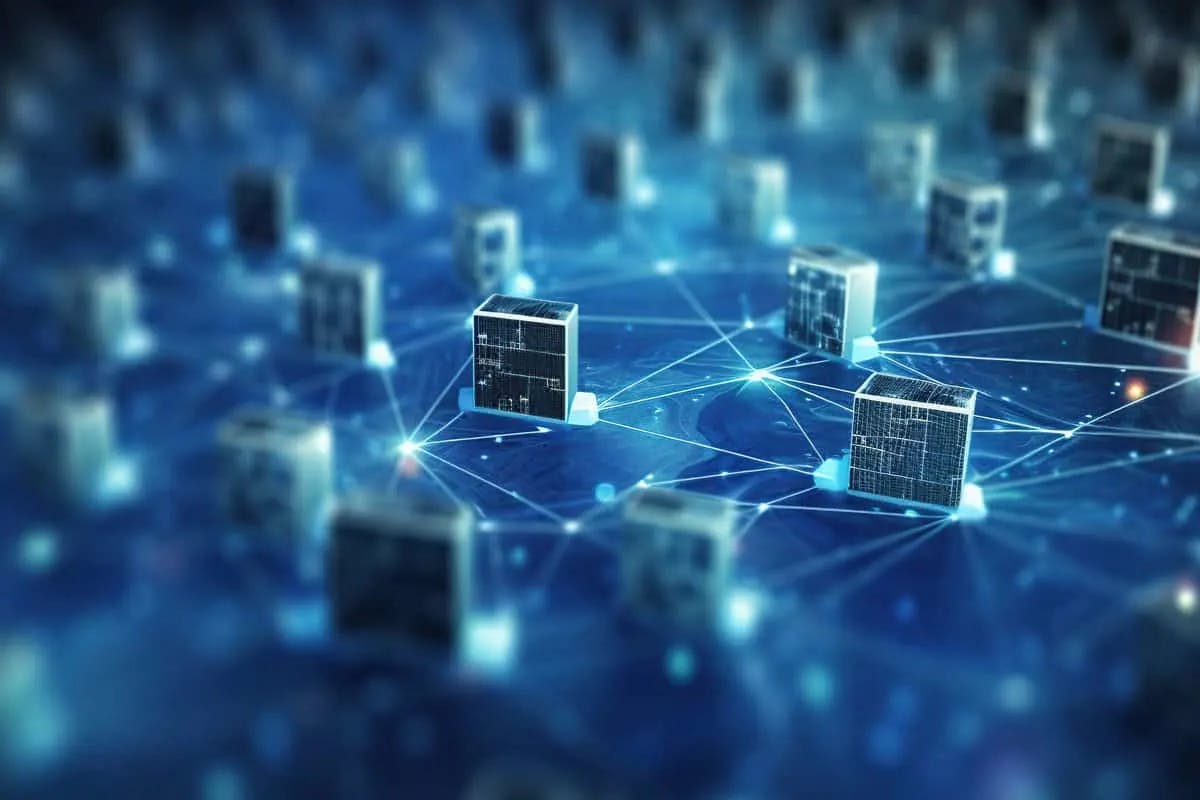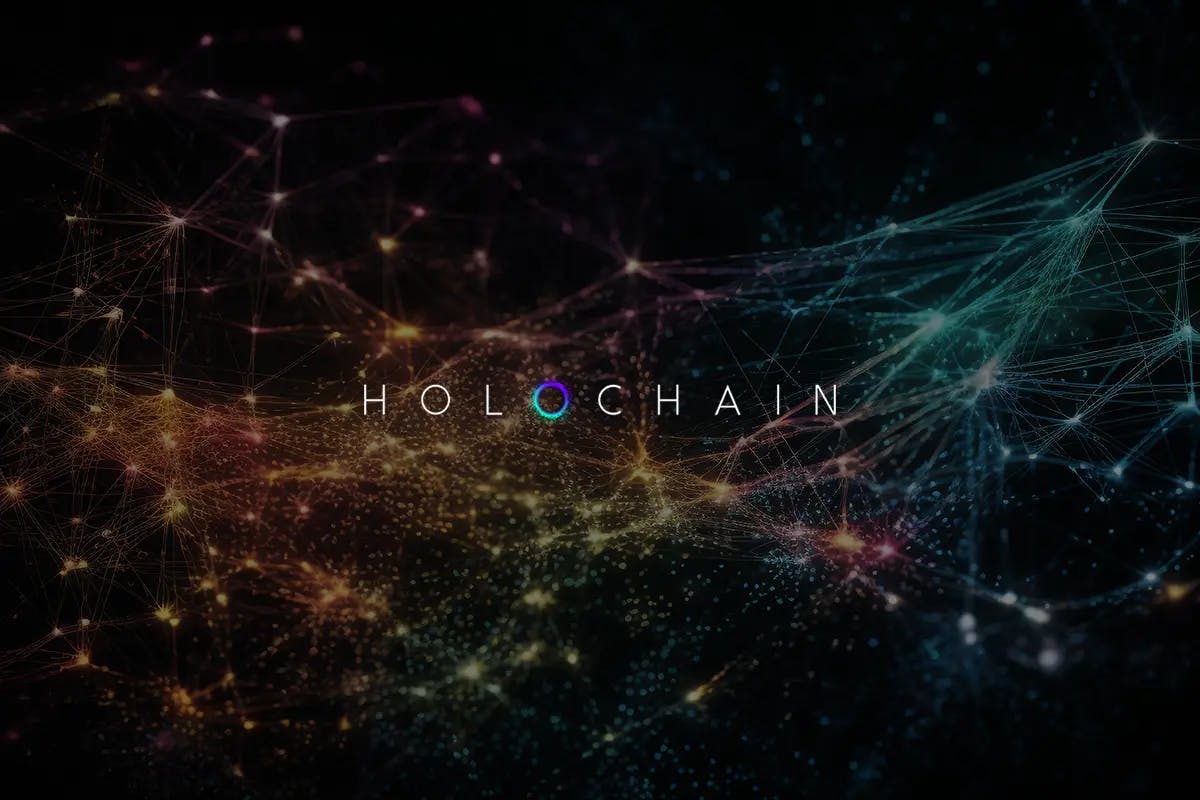In the world of decentralized advanced technologies, A blockchain has gained significant attention due to its ability of secure and transparent transactions. It is not without limitations like scalability and environmental concerns. Enter Holochain, a framework that offers an alternative approach to building decentralized applications (dApps). In this blog post, we will explore all about Holochain.
What is Holochain?
Holochain can provide a scalable, agent-centric framework for building applications. The traditional blockchain systems that Holochain has shifted the focus from a global consensus model to an agent-centric model that enables each participant to have their chain called a “DNA” and control over their data.
How does Holochain work?
Holochain operates on a unique architecture that can enable decentralized applications (dApps) to be built in a scalable and efficient manner. Here is a simplified overview of how Holochain works
- Agent-Centric Model
Each participant is considered an autonomous agent in the holechain. Each agent has its own local chain known as “DNA,” which contains the agent’s data and rules for interacting with other agents. This agent-centric approach gives participants control over their own data and interactions. - Distributed Hash Chain (DHC)
Instead of using a single, global blockchain, Holochain utilizes a distributed hash chain (DHC). This chain allows each agent to maintain its own copy of the ledger. Transactions are stored and validated locally by the participating agents. - Validation and Data Integrity
Holochain ensures data integrity and transaction validation through cryptographic techniques. Each transaction is signed by the participating parties which provides tamper-proof records. Agents validate transactions locally ensuring that the data conforms to the predefined rules encoded in the agent’s DNA. - Distributed Hash Table (DHT)
To enable communication and data storage a Holochain uses a distributed hash table (DHT). The DHT allows agents to store and retrieve data in a distributed manner across the network. That can ensure that data is available and accessible even when certain nodes are offline. - Peer-to-Peer Networking
Holochain relies on peer-to-peer networking which can enable direct communication and interaction between agents. The decentralized network architecture can eliminate the need for intermediaries and fosters. - Scalability and Efficiency
Holochain achieves scalability by processing transactions locally and allowing parallel processing. As a result that can avoid the bottleneck of having every node validate every transaction leading to improved scalability and efficiency compared to traditional blockchain architectures. - Customizable dApps
Holochain provides developers with a flexible development environment. They can use familiar programming languages like JavaScript or Rust to create customized dApps that align with specific use cases. This flexibility empowers developers to design applications tailored to their unique requirements.
Key Features of Holochain
- Agent-Centric Model
Holochain treats each participant as an autonomous agent that will allow them to control their data and interactions. This approach enhances privacy and data sovereignty. - Scalability
In the Blockchain where each node must process every transaction, Holochain only requires nodes to process transactions that involve them directly. This design enables high scalability and efficiency. - Flexibility
Holochain enables developers to create customizable dApps using familiar programming languages such as JavaScript or Rust. Holochain gives flexibility that makes it easier for developers to build applications tailored to specific use cases. - Data Integrity and Validation
Holochain uses cryptographic techniques that can ensure the integrity of data and validate the authenticity of transactions. Each transaction has been signed by the participating parties to ensure tamper-proof records.
Benefits of Holochain
- Scalability
Holochain’s agent-centric model allows for parallel processing and lightweight nodes which has resulted in improved scalability compared to traditional blockchain architectures. - Efficiency
Holochain eliminates the need for resource-intensive mining processes which can reduce energy consumption and increase overall efficiency. - Privacy and Security
In Holochain participants have control over their data and can define their own access rules. This enhances privacy and mitigates the risk of centralized data breaches. - Customizability
Holochain offers a flexible development environment that can empower developers to create customized applications that align with specific requirements.
Conclusion
Holochain is a game-changing alternative technology to traditional blockchain technology. Holochain provides a scalable, efficient, and flexible framework and it can empower participants, enhance privacy, and reduce energy consumption. This revolutionary solution is to transform industries and create a decentralized future.
Ready to take benefits of Holochain for your business or project? Contact us now!






